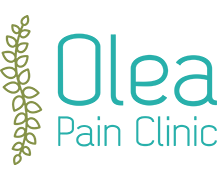Chronic Pelvic Pain
CPP is physically disabling and causes a significant amount of distress to the sufferer. Disease population studies have shown that chronic pelvic and urogenital pain syndromes in men and women are quite common. Chronic pelvic pain (CPP) affects one million women in the UK and is the reason for one in five gynaecological consultations. It is also acknowledged that chronic prostatitis /chronic pelvic pain is one of the most common diagnoses in men attending urology outpatient clinics.
The pelvis refers to the lower part of your torso, between your abdomen and thighs. It can also refer to the skeletal pelvis located in this region, called the bony pelvis, which is comprised of the hip bones, sacrum and coccyx. CPP is defined as pain in structures related to the pelvis.
The cause of chronic pelvic pain is poorly understood. In women, the endometriosis, adhesions, pelvic inflammatory disease, bladder, irritable bowel syndrome and operations are recognised causes. There are commonest source of CPP in men is prostate, scrotal, testicular, bladder, pelvic floor in origin or after an operation in post-vasectomy pain. Numerous explanations include sensitisation of the nervous system and in some cases neuropathic(nerve-related) in origin.
Management of Chronic Pelvic Pain
Our individualised holistic approach:
Full history and assessment
Appropriate investigations
Education about chronic pelvic pain so you can take steps to manage the condition
Occupational and lifestyle advice
Medication review and optimisation
Interdisciplinary involvement and integration
Physiotherapy with emphasis on the pelvic floor therapy
Psychology based treatments
Pain interventions:
Ganglion Impar block and Pulsed Radiofrequency
Pudendal Nerve Block and Pulsed radiofrequency
Caudal Epidural
Coccygeal injection
Ilioinguinal + genitofemoral nerve blocks and radiofrequency
